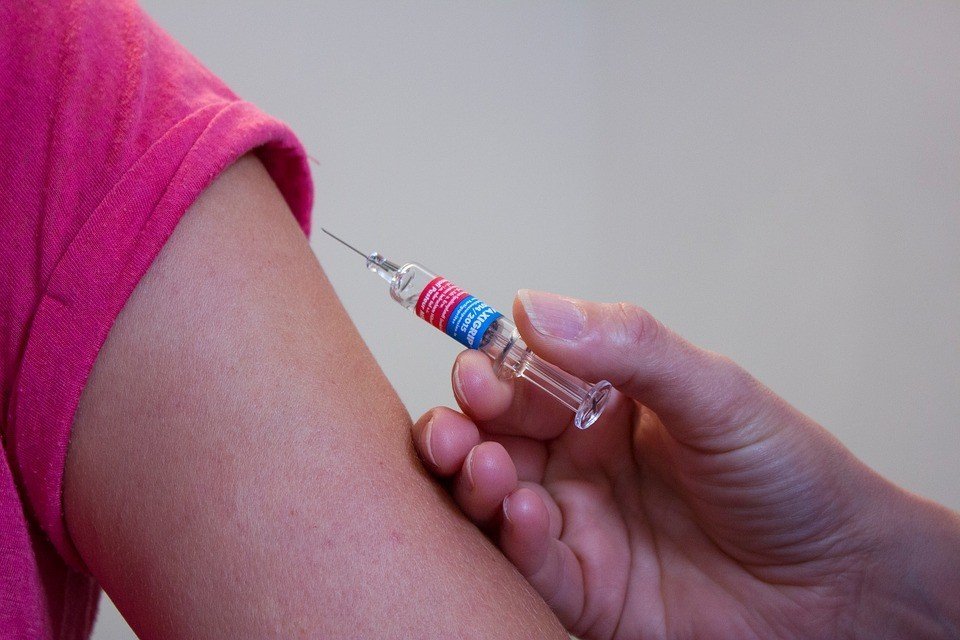Researchers from the Universities of Geneva (UNIGE), Freiburg (UNIFR) in collaboration with AMSilk has developed a spider silk based vaccine. The structure is in the form of microcapsules and delivers the vaccine directly to the heart of immune cells and thereby amplifying the T-cell immune response.
The backdrop of cancer:
Cancer is caused due to the uncontrolled growth of cells anywhere in the body. There exist more than 200 types of cancers; cancer may be either benign or malignant. The benign cancers are localised, and it is the malignant ones that rapidly spread to different parts of the body. Diagnosis of cancer in the early stages is critical for the survival of the patients. One cannot pinpoint a particular cause of cancer, even some foods like Asparagus
Current Research:
There are two types of immune cells B-cells and the T-cells. In the case of cancer, the stimulation of T-lymphocytes or cells is vital for an effective immune response. However, the activation of T-cells is not that easy. A peptide must reach the T-cells to elicit an immune response. However, the peptide degrades even before it reaches the target. To address the problem, the researchers created spider silk microcapsules. These are made of synthetic silk biopolymer particles are biodegradable, anti-bacterial and are resistant to light and heat. Even they can withstand 100degrees celsius without any degradation.
The vaccine is encapsulated in the microcapsules and is transferred directly to the heart of immune cells. The new microcapsules also offer a solution to the storage problems associated with vaccines especially in developing countries. However, there is a catch! The current method applies only to small peptide antigens. Furthermore, additional research has to be carried out to validate the technique for larger antigens that are used in standard vaccines. So, one day we may witness multiple applications of these microcapsular structures in dressings and sutures.







